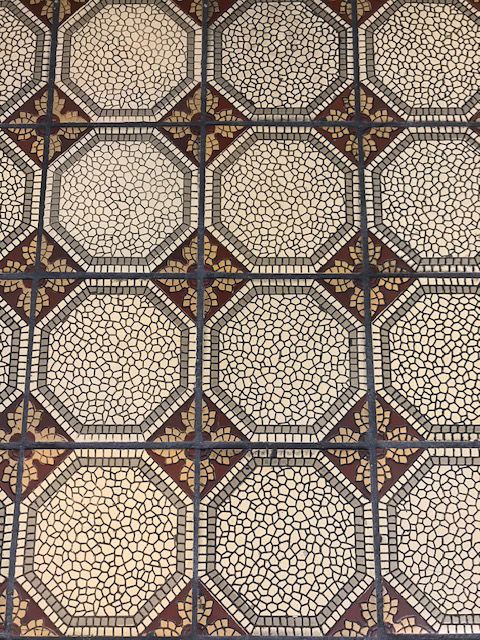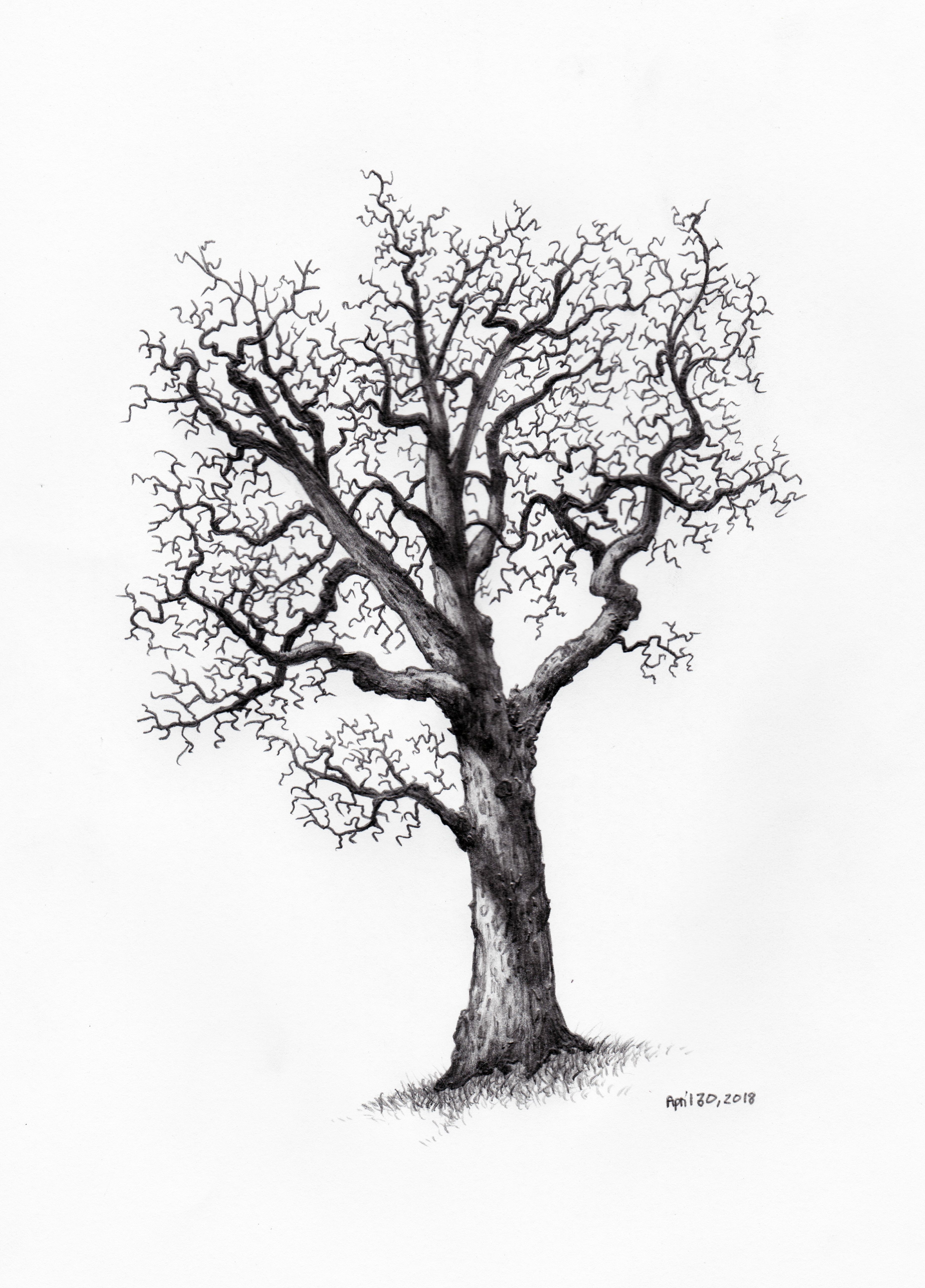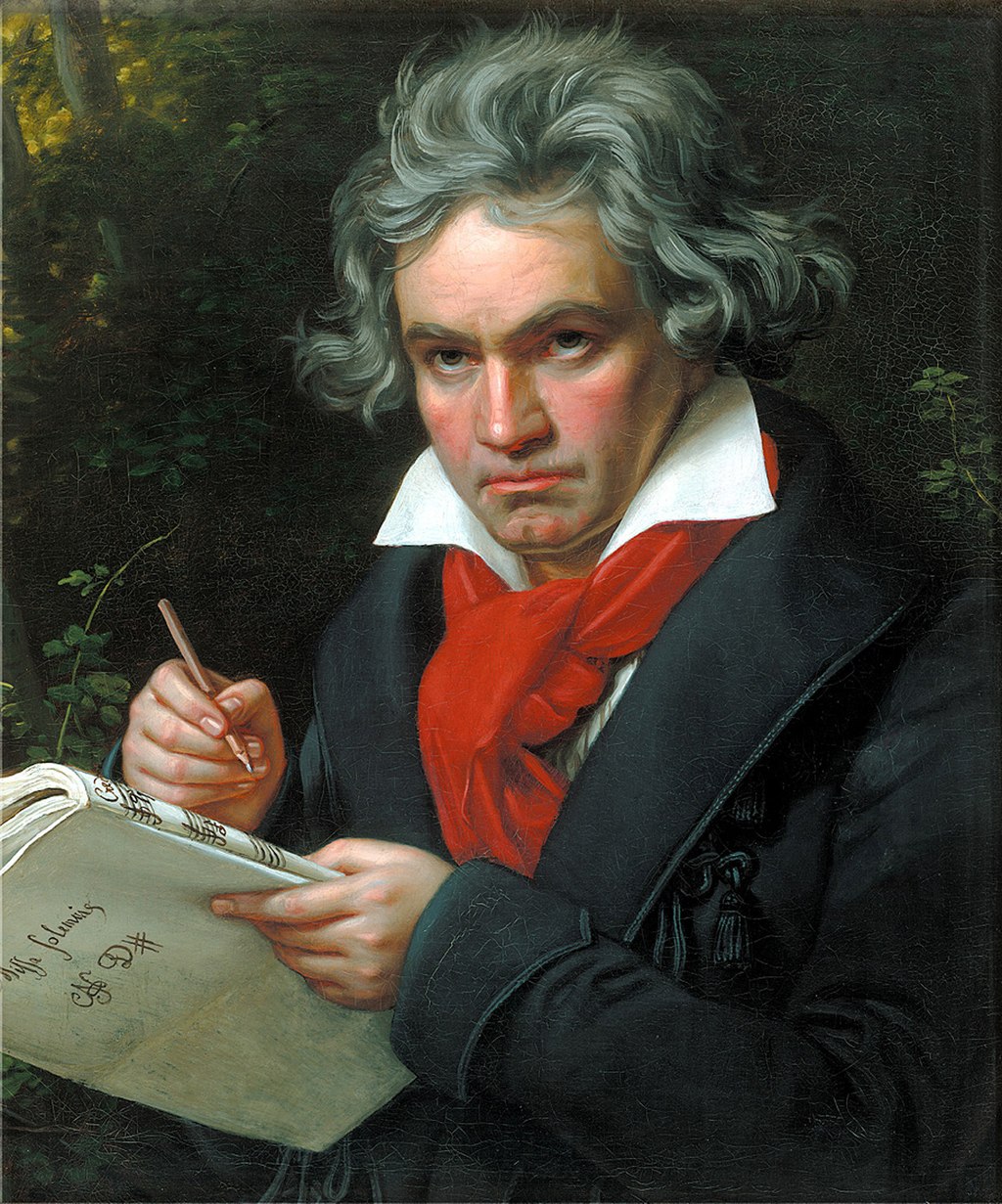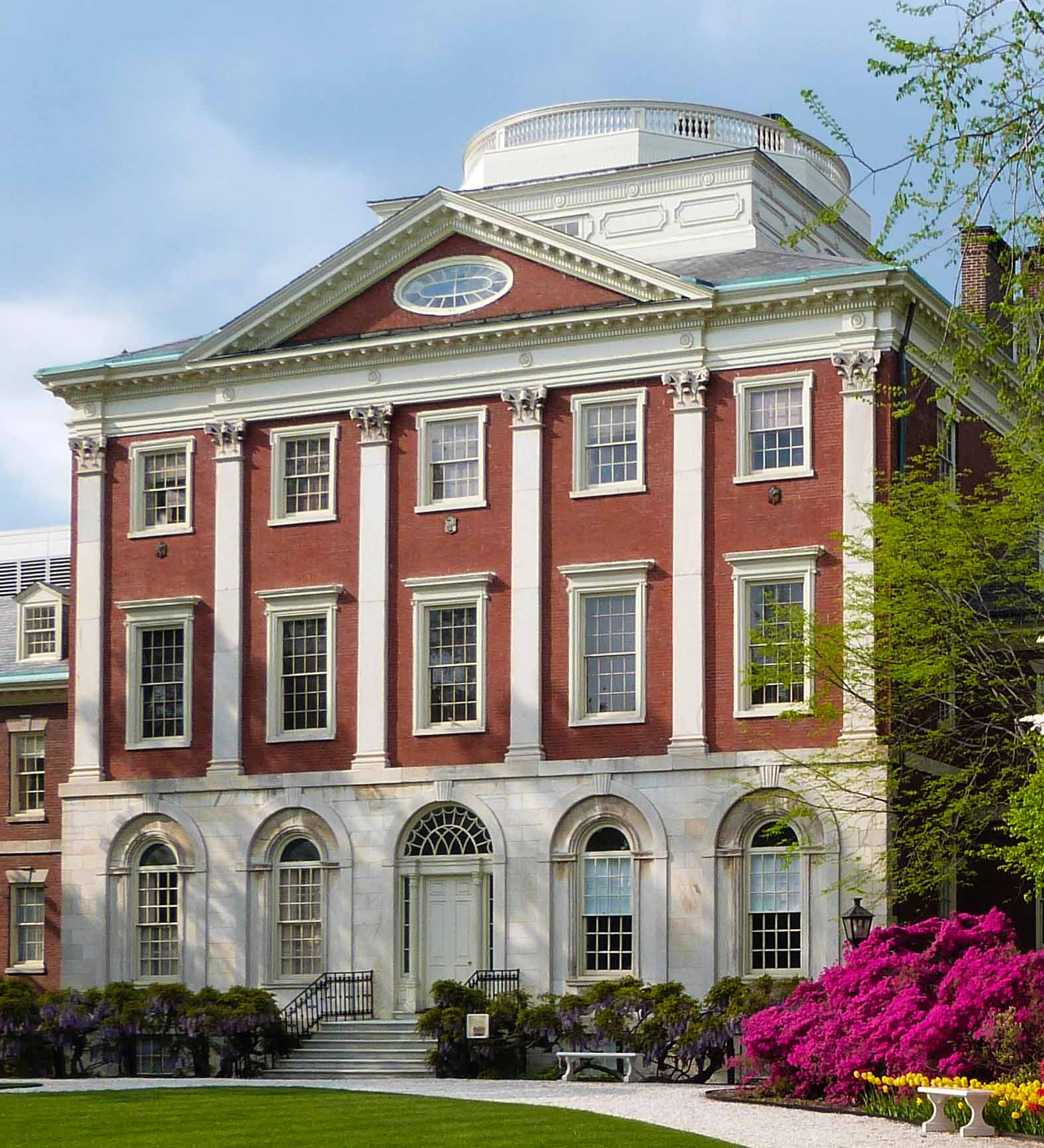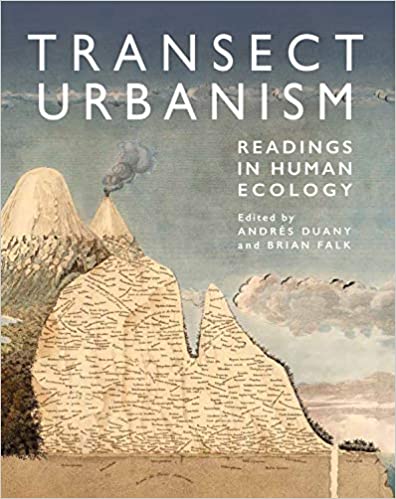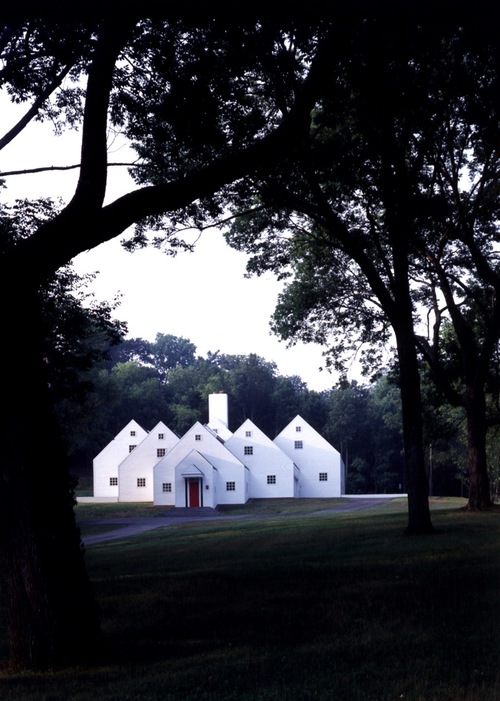FEELING GOOD
Walking down a corridor of Pennsylvania Hospital in Philadelphia I came across a decorative mosaic panel hanging on the wall. An accompanying label explains that it is a portion of the lobby floor of the Elm Building, which was demolished in 1981 to make room for the building in which I’m standing. The Elm Building was built by the hospital in 1901, a photograph on the hospital website shows an attractive one-story brick and limestone building with a pedimented temple front. Clearly a building of some consequence, it housed administration offices and an assembly room. The unidentified architect took trouble with the lobby floor,

